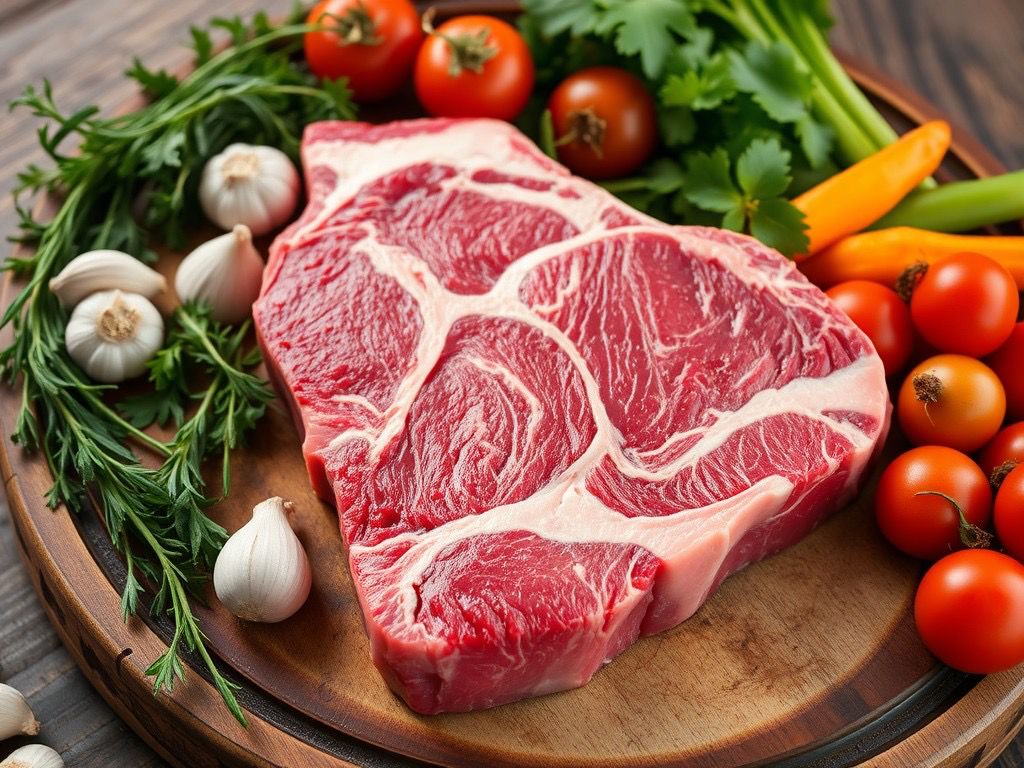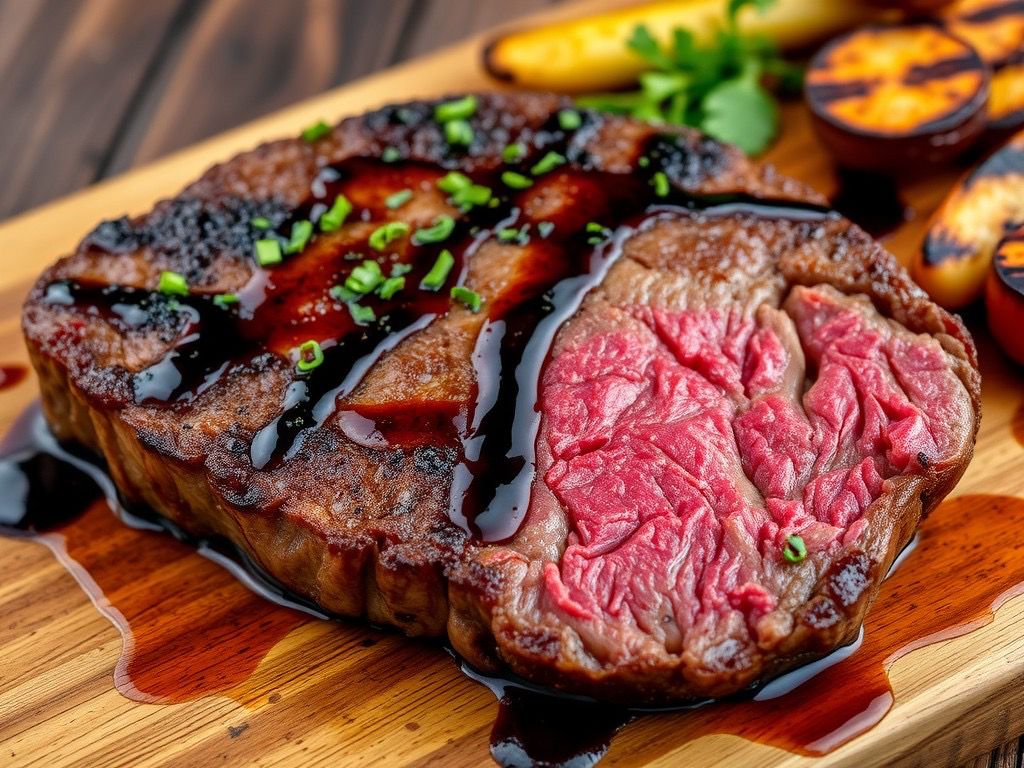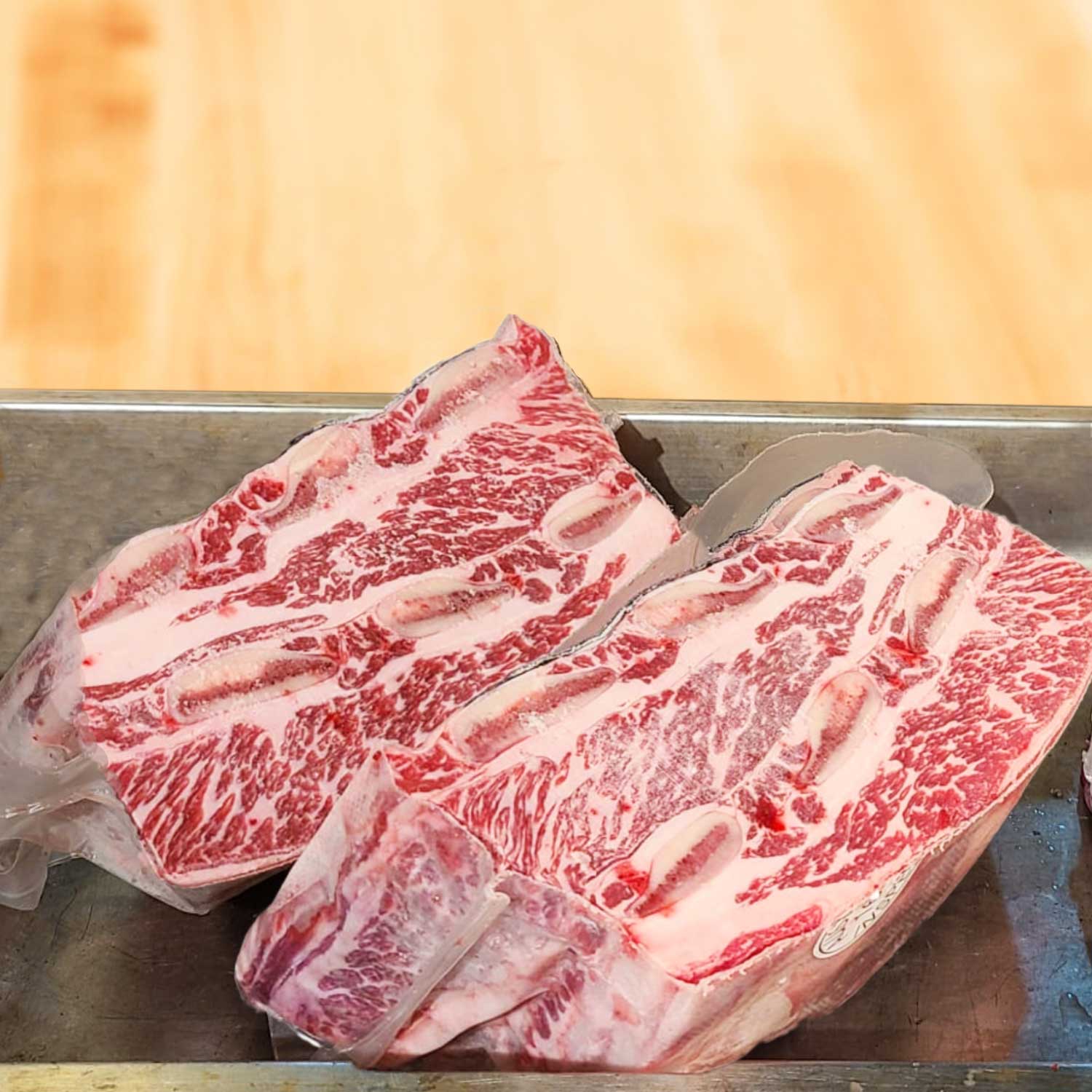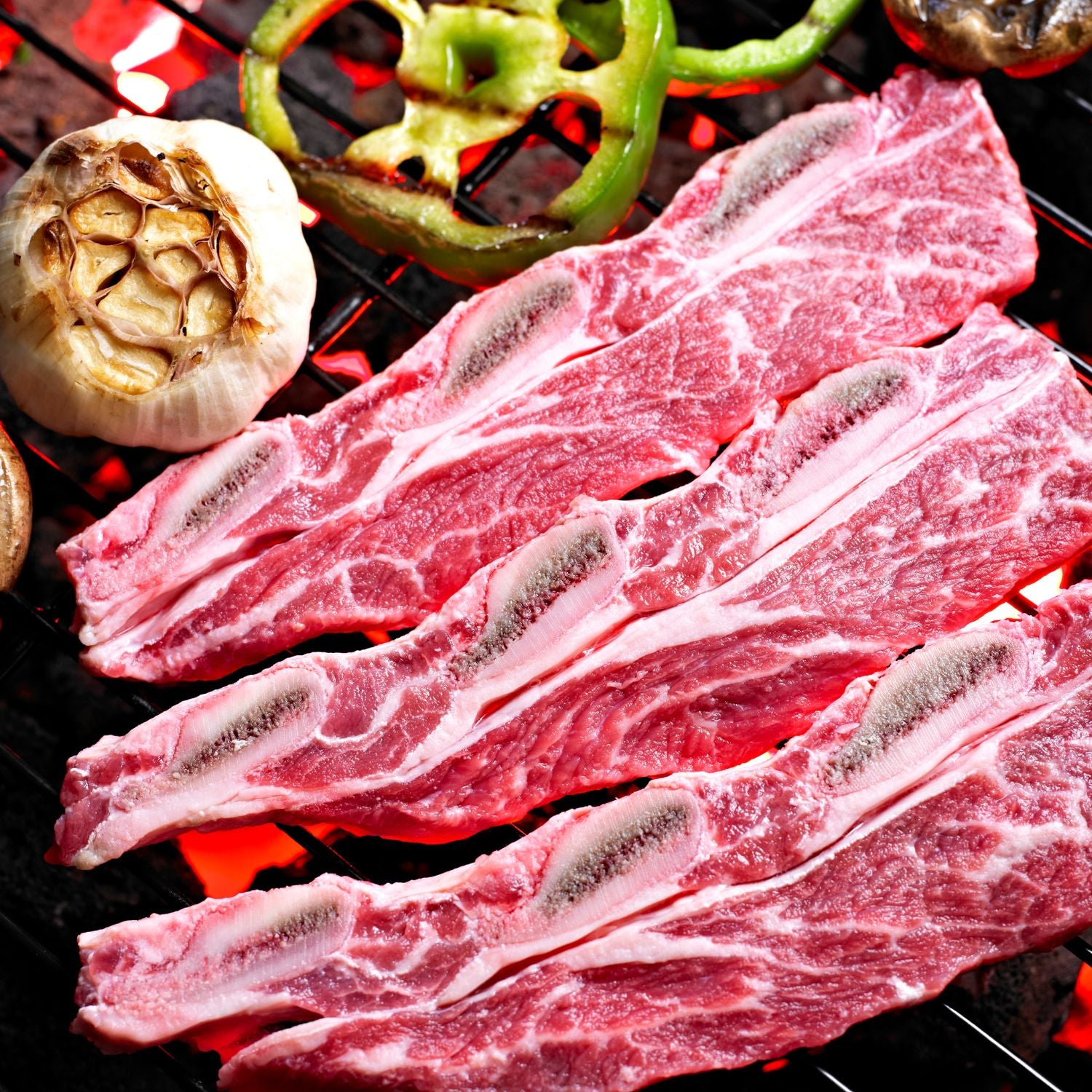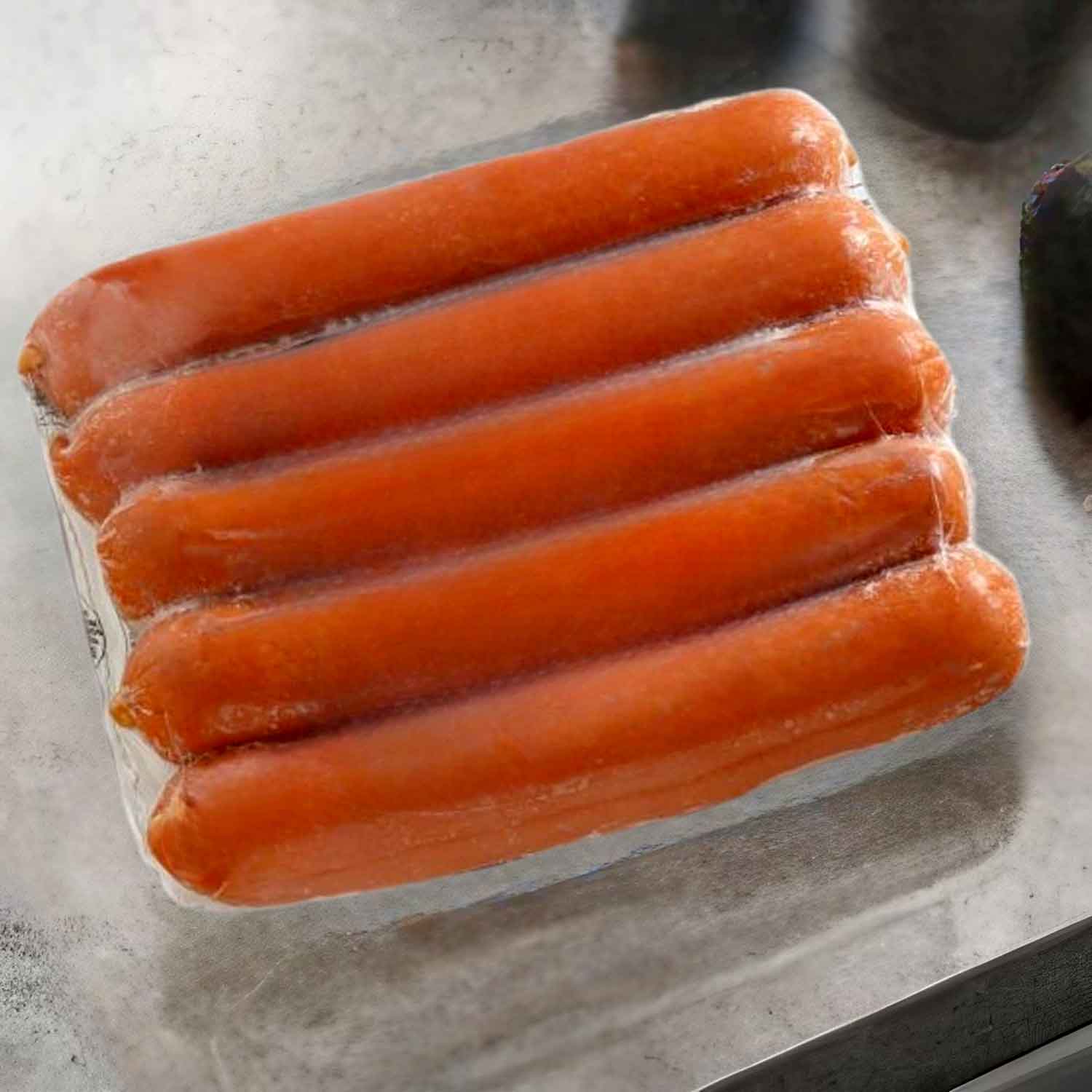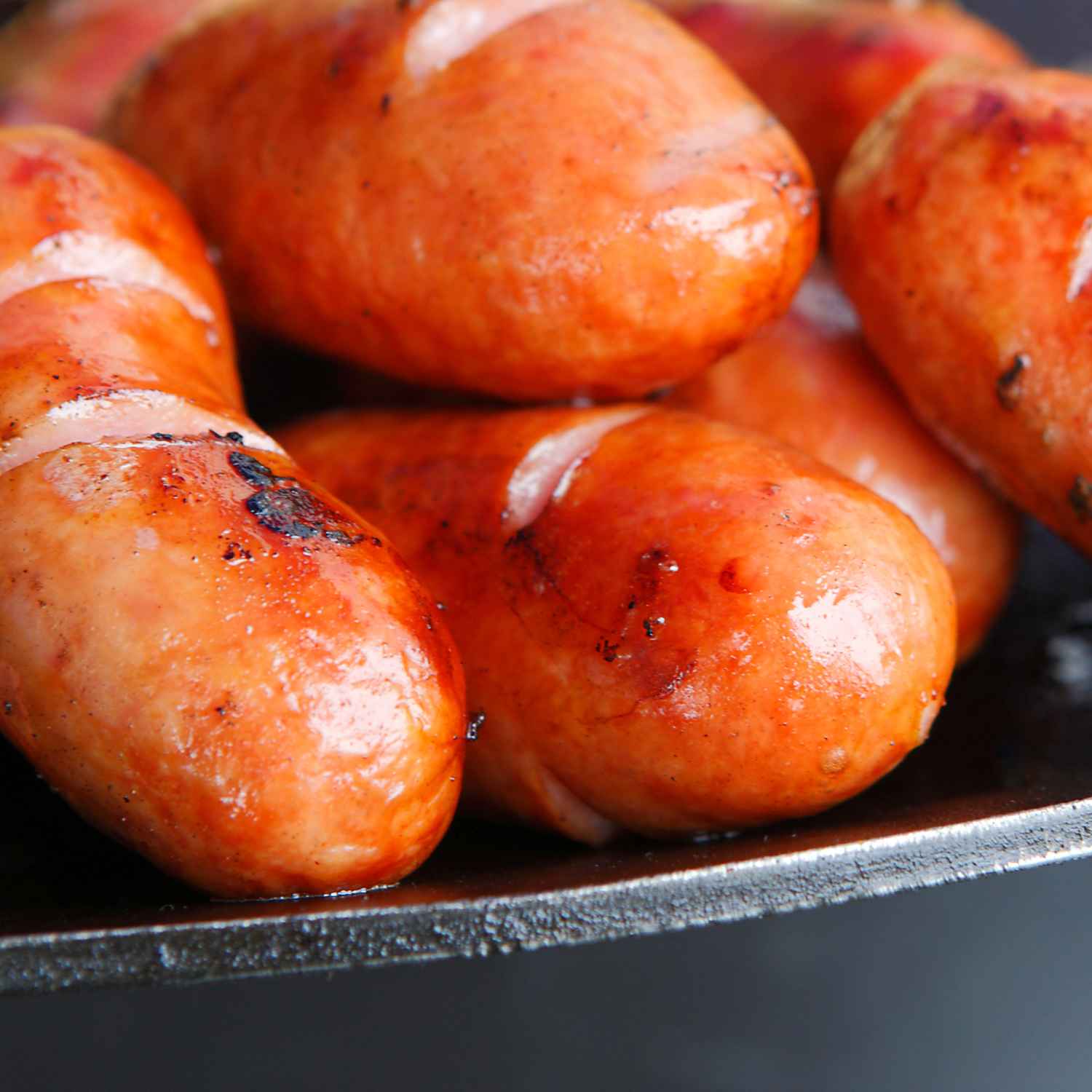Understanding the Dynamics of Beef Quality in Hong Kong
Assessing the Grass-Fed vs. Grain-Fed Debate
When choosing beef in Hong Kong, many ponder which is better: grass-fed or grain-fed? Each type has unique tastes and benefits. Grass-fed beef is often leaner with a distinct, earthy flavor. Many say it's healthier. Grain-fed beef tends to be fattier, giving it a richer taste. This choice affects not just the dish but also one's diet. In Hong Kong, top-notch grass-fed options are available. These include Grass Fed Tenderloin and Grass Fed Ribeye from MeatKing.hk. For grain-fed lovers, consider steaks like ribeye or striploin. They provide that buttery texture that many steak aficionados crave. The debate is not just about taste. It includes health, cooking method, and personal preference. Understanding the difference helps make an informed choice. That leads to more enjoyable meals and better health outcomes. As we delve deeper into Hong Kong’s beef market, remember this distinction. It influences the entire beef experience, from purchase to the final savoring bite.

The Impact of Breeding on Beef Taste and Texture
In Hong Kong, beef quality varies widely. Breeding plays a key part in this. The breed of the cow influences the meat's flavor and texture. For example, different breeds like Angus or Hereford offer distinct tastes. Wagyu, known for its marbling, gives a rich flavor. The breeding method, like the Japanese Tajima strain used for Kobe beef, also matters. In Hong Kong, diners seek both global and local beef types. Thus, breed choice is vital when buying or dining out.
The Journey from Farm to Table: Ensuring Freshness and Quality
To enjoy the finest beef in Hong Kong, it's crucial to understand its journey from farm to table. Freshness and quality are vital for a top-notch steak experience. Beef must be handled with care at every step. This includes ethical farming practices, proper transportation, and expert butchering. Look for providers like MeatKing.hk known for the best beef, following stringent standards. They ensure that their Grass Fed Tenderloin and Ribeye reach you in prime condition. A well-traced beef path guarantees the exceptional dining you seek.
The Ultimate Guide to Ordering and Cooking Steak in Hong Kong
Selecting the Perfect Steak: A Consumer's Checklist
- Look for bright red beef; it indicates freshness.
- Check for marbling; it adds flavor and tenderness.
- Know your cuts: tenderloin for softness, ribeye for flavor.
- Decide on the fat level: more fat, more taste.
- Consider the grade: Prime, Choice, or Select.
- Check the origin: local or imported can differ in taste.
- Ask about aging: dry-aged offers a distinct taste.
- Select the right thickness: at least 1 inch is best.
- Pick grass-fed or grain-fed based on your preference.
- Look for the firmness to touch: it signals good quality.
The Art of Cooking Steak: Temperatures and Techniques
Cooking the perfect steak is an art form. It's about precision, attention to detail, and understanding how heat interacts with meat. Here's a simple guide to mastering the techniques and temperatures critical for steak perfection:
- Pre-heat the Grill or Pan: Aim for a high temperature to sear the outside quickly, while keeping the inside juicy.
- Room Temperature Meat: Take your steak out of the refrigerator at least 30 minutes before cooking for even cooking.
- Use a Meat Thermometer: Ensure the perfect doneness every time. Rare is 52°C, medium-rare is 55°C, medium is 60°C, medium-well is 65°C, and well-done is 71°C.
- Let it Rest: After cooking, rest your steak for a few minutes. This allows juices to redistribute for maximum flavor.
Follow these steps to turn your next steak meal into a culinary masterpiece. Happy grilling!
Pairing Wines and Beers with Your Steak Dish
Choosing the right drink to complement your steak enhances the dining experience. Consider these pairing tips:
- Full-bodied Reds: A rich cabernet sauvignon pairs well with robust beef flavors.
- Light Reds: Pinot Noir can balance the taste of leaner cuts like tenderloin.
- Chardonnay: For buttery-textured steaks, a creamy oaked Chardonnay matches well.
- Amber Ales: Their caramel notes can echo the char of a grilled steak.
- Stout Beers: The intensity of a stout can stand up to a well-seasoned ribeye.
Remember, the best pairing is one that suits your personal taste. Experiment with different wines and beers to find your ideal match.
Insights into the Hong Kong Wagyu Market: Trends and Tips
Decoding the Labels: What Makes a Steak 'Wagyu'?
When buying Wagyu in Hong Kong, understanding the labels is crucial. Look for terms like 'A5,' which indicates the highest quality of Japanese Wagyu. The 'marbling score,' which shows the fat distribution, should be high for a true Wagyu experience. Additionally, verify that the beef is certified by Japanese authorities to assure authenticity. In Hong Kong, you may find 'Wagyu' with other regional qualifiers. These steaks may not be pure Wagyu but crossbred varieties, often reflected in their pricing. Always check the source to ensure you're getting the best Wagyu available in the city.
The Influence of Japanese Wagyu on Hong Kong's Beef Scene
Japanese Wagyu beef has a big impact on Hong Kong's beef lovers. Its rich marbling and unique taste set high standards. As a result, many Hong Kong restaurants now offer premium Wagyu dishes. Hong Kong chefs respect the Japanese tradition. Yet, they still add local touches to the dishes. This blend of cultures delights the taste buds of steak aficionados across the city. When dining out in Hong Kong, you'll find menus boasting various Wagyu cuts. They come from different regions of Japan, each with its own story.
Hong Kong's Unique Take on Wagyu: Local Flavors and Influences
Hong Kong's Wagyu scene is a blend of tradition and innovation. Chefs mix local spices with rich Wagyu beef. They create unique dishes that showcase both. Think of Wagyu beef dim sum or stir-fried Wagyu with XO sauce. Each dish tells a story of cultural fusion. Shoppers can find Wagyu cuts in local markets too. They use them in home-cooked meals. It adds a hint of luxury to everyday dining. In Hong Kong, Wagyu is not just a steak; it's an experience.














